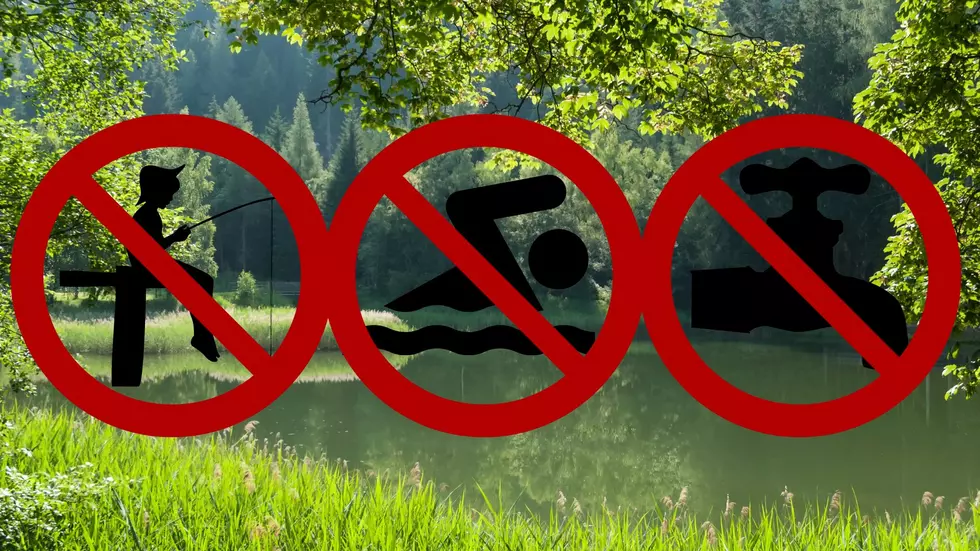
PFAS Health Advisory for Foam on Five Michigan Lakes and Rivers
Today, the Michigan Department of Health and Human Services (MDHHS) is issuing a renewed advisory of the danger of PFAS in foam on Michigan lakes and rivers.
The health advisory is for five locations where foam poses a health risk.
Health advisories for foam in the water have been issued for:
- Van Etten Lake, Oscoda
- Lake Margrethe, Grayling
- Rogue River, Rockford
- Thornapple River, Grand Rapids
- Huron River, Southeast Michigan
MDHHS shares the risks associated with exposure to water known to contain PFAS.
SWIMMING IN PFAS WATER
- Swimming or bathing in water containing PFAS is not a health concern because the amount of PFAS is typically low compared to the foam.
- An accidental swallow of river or lake water is not a health concern.
- PFAS does not move easily through the skin, but it’s best to rinse off foam after contact and bathe or shower after contact.
- A health risk could exist from repeated, prolonged whole-body contact with foam containing high amounts of PFAS. Repeated prolonged contact is considered to be three hours per day, five days per week, over three months of a year, representing a summer season.
ANIMALS AND PFAS FOAM
- Do not allow their animals, especially dogs, to come into contact with or swallow the foam. Animals can swallow foam collected in their fur when grooming themselves and should be rinsed off with fresh water after contact with foamy water.
IDENTIFY PFAS FOAM VS. NON-PFAS FOAM
- Not all foam contains PFAS. There is naturally occurring foam that piles up in bays, eddies or river barriers such as dams. This foam is off-white and/or brown in color and may have an earthy or fish smell.
- PFAS foam: can be bright white, is usually lightweight, can be sticky, tends to pile up like shaving cream, can blow onto the beach.
More From WBCKFM









